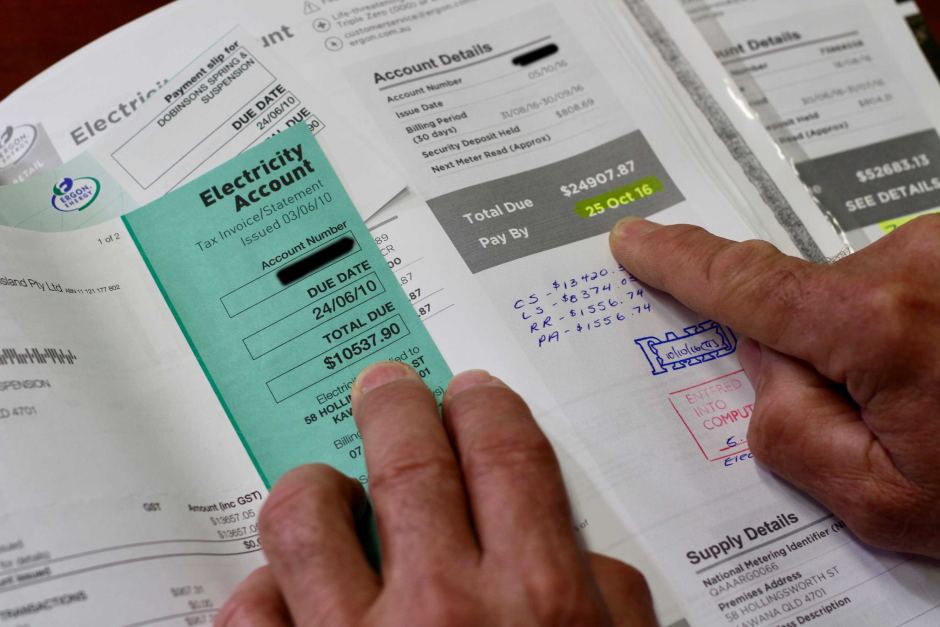The AER’s Affordability in Retail Energy Markets report provides in-depth retrospective analysis of energy affordability in New South Wales (NSW), Queensland, South Australia, the Australian Capital Territory (ACT), Victoria and Tasmania. The report focuses on the affordability of energy for low-income households and bases its assessment on the amount of a household’s disposable income spent on energy bills.
“Our report finds that low-income households on the median market offer spend twice as much of their disposable income on energy as the average household,” said AER Chair Paula Conboy.
The report found that energy affordability remained largely stable in 2019, “though there were some areas of modest improvement.” Of course, the stability of energy affordability is little comfort when energy is already wildly unaffordable.
Nevertheless, Conboy is apprehensive about emphasising these modest improvements or identifying them as the early stages of a change in the energy landscape. “We need more data to be able to say that this indicates that a widespread shift for the better is underway,” continued Conboy, “it is nice to see some positive numbers but for many people, especially those in vulnerable situations, the situation remains very concerning.”
On a typical market offer low income households spend 4.8-7.6% of their disposable income on electricity and 2.6-5.5% on gas. For standing offers the cost is even higher, for example a low income household in South Australia, the difference between annual electricity bills on the median market offer relative to the median standing offer is $532.
It may provide some peace of mind to consumers that the report is demonstrative of a “key tool” for reducing energy bills – that of finding a cheaper offer in a time of restricted income growth. Of course, to look for a cheaper offer seems more like a piece of obvious advice than a “key tool”, and even as advice it’s about as helpful as a fly-screen on a submarine.
However, the AER has indeed provided a “key tool” – “The best way for people to reduce their energy bills is to seek the best possible deal for their circumstances using our free and independent price comparison website Energy Made Easy,” advised Conboy. Although, it should be noted that offers with a solar PV/green component are not available on Energy Made Easy.
An added discouragement found in the report is that trend of electricity retailers discontinuing conditional discounts has continued. According to Energy Made Easy, conditional discounts could reduce a customer’s bill by up to 42%. A likely cause of retailers’ discontinuance of some conditional discounts is the new regulatory intervention by the Commonwealth Government known as the Default Market Offer (DMO).
The DMO is having some early impact on the Australia energy market, as such, part of AER’s report is devoted to early observations of DMO’s effects. However, AER consider that it is too early (DMO came into effect July 2019) to draw any strong conclusions about the impact of the DMO.
PV shines
The real encouragement in the market is to be found in the continuous uptake of solar PV. The report demonstrated the continued reduction in average household energy usage in 2019 across all regions, “consistent with a longer-term trend of reduced usage, driven largely by the uptake of rooftop solar photovoltaic systems.” However, the report is astute to notice that these averages “likely obscure a widening gap between usage for those households with the capacity to adopt new technology and other households.”
The AER is certainly conscious of the difficulty Australians are facing in paying their energy bills. “it is vital that people ask their retailer for assistance before debt gets out of hand. Retailers are required by law to offer assistance to customers who find themselves in hardship.”
Conboy admits this can be a difficult conversation to start, but that making the call to your retailer if you’re going to have trouble paying an upcoming bill is the best course of action. “As long as you are in a hardship program and meeting its conditions,” continued Conboy, “you cannot legally be disconnected.”
This content is protected by copyright and may not be reused. If you want to cooperate with us and would like to reuse some of our content, please contact: editors@pv-magazine.com.









1 comment
By submitting this form you agree to pv magazine using your data for the purposes of publishing your comment.
Your personal data will only be disclosed or otherwise transmitted to third parties for the purposes of spam filtering or if this is necessary for technical maintenance of the website. Any other transfer to third parties will not take place unless this is justified on the basis of applicable data protection regulations or if pv magazine is legally obliged to do so.
You may revoke this consent at any time with effect for the future, in which case your personal data will be deleted immediately. Otherwise, your data will be deleted if pv magazine has processed your request or the purpose of data storage is fulfilled.
Further information on data privacy can be found in our Data Protection Policy.